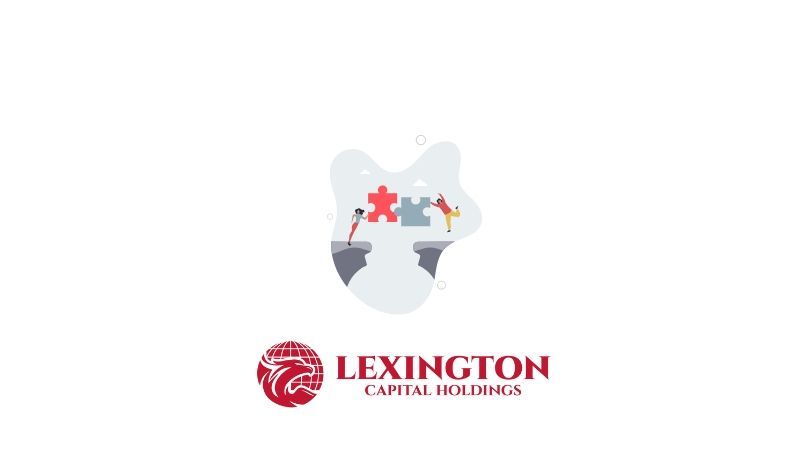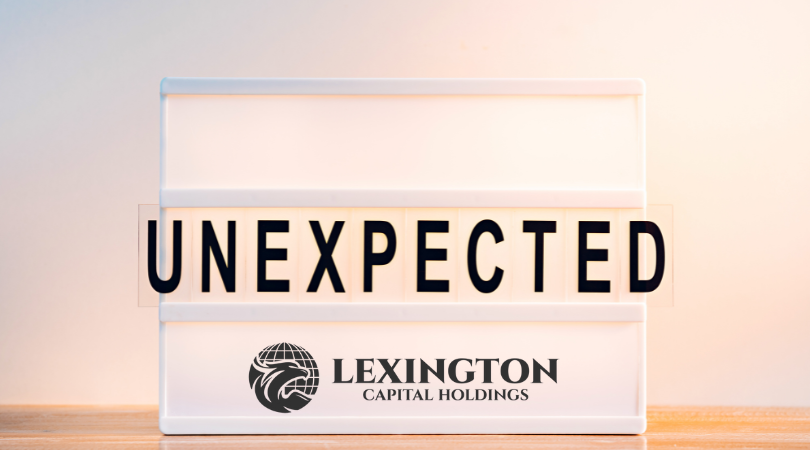Overcoming Obstacles: What 2024 Taught Us About Business Success
Overcoming Obstacles: What 2024 Taught Us About Business Success
For business owners, every year brings a new set of challenges and opportunities. In 2024, we faced our fair share of both. Yet, it was through these challenges that we found the greatest opportunities to grow, innovate, and strengthen our foundation. Reflecting on this year, here are the key lessons we learned about building resilience and driving growth—lessons that every business owner can take into 2025.
1. Embrace Change, Don’t Fear It
Change is inevitable, but how you respond to it defines your success. In 2024, we encountered shifts in market trends, implementing new technology, and client expectations. By leaning into these changes instead of resisting them, we discovered new ways to serve our clients and stay ahead of the curve.
Key Insight for Business Owners:
Flexibility and openness to change can help you uncover opportunities that others might miss.
2. Invest in Your Team’s Growth
Our team grew significantly this year, and with growth came the need for stronger leadership and a focus on professional development. Providing our employees with the resources, training, and support they needed not only boosted morale but also enhanced our overall performance as a company.
Key Insight for Business Owners:
Your team is your greatest asset. Investing in their growth is an investment in your company’s future.
3. Technology Is a Game-Changer
This year, we made strategic investments in technology that improved our operations and allowed us to serve our clients more efficiently. From streamlining internal processes to enhancing customer experiences, technology played a crucial role in our success.
Key Insight for Business Owners:
Don’t overlook the power of technology. Even small upgrades can lead to significant improvements in productivity and customer satisfaction.
4. Resilience Requires a Long-Term Vision
Short-term setbacks can be disheartening, but a focus on the bigger picture kept us moving forward. Whether it was addressing unexpected hurdles or navigating industry challenges, keeping our long-term goals in sight ensured we stayed on track.
Key Insight for Business Owners:
Resilience isn’t just about surviving the day-to-day; it’s about building for the future.
5. Build Strong Relationships, Internally and Externally
Whether it’s with your team, clients, or partners, relationships are the backbone of any successful business. This year, we prioritized open communication, trust, and collaboration, which helped us navigate even the toughest situations.
Key Insight for Business Owners:
Strong relationships create a support system that helps you weather challenges and seize opportunities.
Looking Ahead to 2025
As we close the book on 2024, we’re proud of the resilience and growth we’ve achieved. But we’re even more excited about the road ahead. With the lessons learned this year, we’re entering 2025 with renewed focus, stronger strategies, and a commitment to continued growth.
To all the business owners out there: What lessons did 2024 teach you? Share your insights—together, we can inspire and support one another as we move into another year of opportunities.

When you apply for business funding, your application goes through a critical stage—underwriting. This is where lenders evaluate risk and determine whether your business qualifies for financing, and under what terms. Understanding what underwriters look for can help you strengthen your application, avoid delays, and increase your approval odds.

Not every business enjoys a steady stream of income. For many companies—especially those in seasonal industries, contracting, or project-based work—revenue can shift dramatically from month to month. These ups and downs are normal, but they can make managing cash flow, payroll, and operating expenses challenging. At Lexington Capital Holdings, we understand that fluctuating revenue doesn’t mean instability—it just means you need the right financial tools to stay balanced and grow confidently.

The Challenge of Hyper-Growth For many startups, growth isn’t the problem—it’s managing it. Rapid scaling demands capital for hiring, marketing, technology, and operations. But too often, founders find themselves cash-strapped right when they need resources the most. Choosing the right financing strategy can be the difference between sustainable growth and burning out too soon.

When it comes to business financing, the terms you secure are just as important as the funding itself. Lower interest rates, flexible repayment schedules, and higher approval amounts can mean the difference between simply surviving and setting your business up to thrive. The good news? Business owners often have more negotiating power than they realize. At Lexington Capital Holdings, we’ve seen firsthand how preparation and strategy can help secure stronger terms. Here’s how you can do the same:

For many businesses, waiting on customer payments can feel like standing still when you’re ready to move forward. Delayed invoices, extended payment terms, or slow collections create cash flow gaps that make it harder to cover expenses, pay employees, or seize new opportunities. The truth is—even successful, profitable companies face this challenge. The key isn’t avoiding it, but managing it strategically with the right funding solutions

Securing business funding is a milestone—but the real impact comes from how you put that capital to work. Every dollar borrowed should fuel momentum, strengthen operations, and generate measurable returns. Unfortunately, too many businesses stop at “getting approved” and miss the chance to maximize their return on investment (ROI). At Lexington Capital Holdings, we believe funding isn’t just about access to capital—it’s about creating opportunity. Here’s how to ensure your financing delivers the highest ROI:

In today’s fast-paced business environment, standing out from the competition requires more than just great products and services—it takes strategy, timing, and smart financial decisions. One of the most overlooked tools in building and maintaining a competitive advantage is business financing. When leveraged correctly, financing doesn’t just help you “get by”; it can actually position your business to outpace competitors and capture new opportunities.

In business, surprises aren’t a matter of if—they’re a matter of when. Whether it’s a sudden equipment breakdown, an unexpected dip in sales, or a market shift that requires quick adaptation, unforeseen expenses can test even the most successful companies. The difference between thriving and struggling often comes down to how well you’ve prepared.

When most business owners hear the word debt, it sparks feelings of stress or risk. But here’s the truth—debt isn’t always a bad thing. In fact, when managed strategically, debt can become one of the most powerful tools to grow, stabilize, and scale your business. At Lexington Capital Holdings, we work with business owners every day who are navigating this very question: Is taking on debt the right move for me? Let’s break down the difference between “good” and “bad” debt so you can make informed financial decisions.

In today’s business world, financing options are everywhere—but choosing the right path can feel overwhelming. From traditional bank loans to alternative lending solutions, the fine print and fast-changing requirements often leave business owners spending more time deciphering funding terms than actually running their businesses. That’s where the value of a dedicated funding advisor truly shines. At Lexington Capital Holdings, we’ve seen firsthand how personalized guidance can transform the funding experience for business owners of all sizes.

